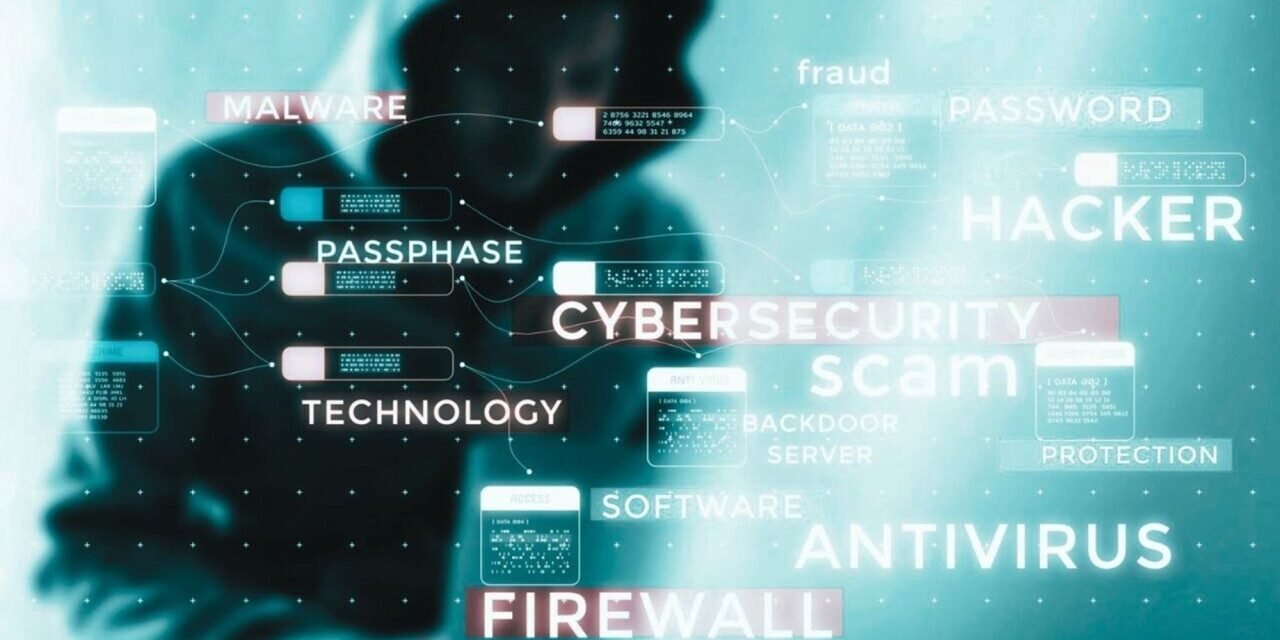Cyber defense systems protect critical military infrastructure by employing a combination of advanced technologies, processes, and strategies to detect, prevent, mitigate, and respond to cyber threats. These systems safeguard sensitive data, ensure operational continuity, and maintain the integrity of military networks and assets against increasingly sophisticated cyberattacks.
1. Key Functions of Cyber Defense Systems
a. Threat Detection and Monitoring
- Intrusion Detection Systems (IDS):
- Monitor network traffic to identify unauthorized access or malicious activity.
- Example: Signature-based IDS identify known threats, while anomaly-based IDS detect unusual behavior.
- Threat Intelligence Platforms:
- Aggregate and analyze data from global threat databases to predict and recognize cyber threats.
- Example: Systems that track Advanced Persistent Threats (APTs) targeting military systems.
b. Prevention and Mitigation
- Firewalls:
- Control and filter incoming and outgoing traffic to block unauthorized access.
- Endpoint Protection:
- Secures devices like laptops, mobile systems, and IoT devices connected to military networks.
- Network Segmentation:
- Divides networks into segments to limit the spread of malware or unauthorized access.
c. Response and Recovery
- Incident Response Teams:
- Specialized teams investigate and mitigate cyberattacks, restoring systems and identifying vulnerabilities.
- Backup and Disaster Recovery:
- Regular backups ensure critical data can be restored after a cyberattack.
- Forensic Analysis:
- Post-attack analysis to understand methods used and enhance future defenses.
2. Protecting Key Areas of Military Infrastructure
a. Command and Control (C2) Systems
- Role:
- Ensure uninterrupted communication between leadership and deployed units.
- Protection:
- Multi-layered encryption secures communication channels.
- Redundancy systems ensure operational continuity even during attacks.
b. Satellite and Communication Networks
- Role:
- Provide global communication and surveillance capabilities.
- Protection:
- Anti-jamming technologies protect against electronic warfare.
- Cyber defense measures secure satellite command links from hacking attempts.
c. Weapons Systems
- Role:
- Includes guided missiles, radar systems, and autonomous weapons.
- Protection:
- Secure control interfaces to prevent unauthorized access.
- Regular firmware updates protect against vulnerabilities.
d. Logistics and Supply Chains
- Role:
- Maintain the flow of supplies, equipment, and personnel.
- Protection:
- Blockchain technologies ensure data integrity in supply chain operations.
- AI-powered monitoring detects anomalies in logistics systems.
e. Critical Infrastructure
- Role:
- Power grids, water systems, and transportation networks supporting military operations.
- Protection:
- Supervisory Control and Data Acquisition (SCADA) systems with advanced security protocols.
3. Advanced Technologies in Cyber Defense
a. Artificial Intelligence (AI) and Machine Learning (ML)
- Threat Detection:
- AI-powered systems analyze network traffic to identify and block malicious activity.
- ML models predict potential vulnerabilities and recommend defenses.
- Behavioral Analysis:
- Identify deviations from normal user behavior that could indicate insider threats or compromised accounts.
b. Zero-Trust Architecture
- Principle:
- No entity (user, device, or application) is trusted by default, even within the network.
- Implementation:
- Continuous verification, least-privilege access, and robust identity management.
c. Quantum Cryptography
- Role:
- Provides virtually unbreakable encryption using quantum key distribution (QKD).
- Advantage:
- Protects military communications against quantum computing threats.
d. Deception Technologies
- Role:
- Deploy decoy systems (honeypots) to lure attackers, analyze their tactics, and divert them from real assets.
e. Blockchain for Data Integrity
- Role:
- Ensures tamper-proof records of sensitive data, such as supply chain information or mission logs.
4. Cyber Defense Strategies
a. Proactive Defense
- Hunting Threats:
- Continuous monitoring to identify potential vulnerabilities or active threats.
- Penetration Testing:
- Simulated cyberattacks to test defenses and identify weaknesses.
b. Layered Security Approach
- Defense-in-Depth:
- Multiple layers of protection, including firewalls, IDS, encryption, and physical security.
- Multi-Factor Authentication (MFA):
- Secures access to critical systems with a combination of passwords, biometrics, and tokens.
c. Cyber Hygiene and Training
- User Education:
- Train personnel on recognizing phishing attacks, maintaining secure passwords, and safe online practices.
- Regular Updates:
- Patch management to fix software vulnerabilities.
d. Collaboration and Intelligence Sharing
- Allied Cooperation:
- Share threat intelligence among allied nations to prepare for emerging threats.
- Public-Private Partnerships:
- Collaboration with technology companies to develop cutting-edge cyber defenses.
5. Countering Emerging Threats
a. Ransomware Attacks
- Defense:
- Regular backups, endpoint detection, and response tools.
- Example: Anti-ransomware measures to protect operational control systems.
b. Insider Threats
- Defense:
- Behavioral monitoring, access controls, and regular audits.
- Example: Detecting unauthorized data exfiltration by monitoring unusual file transfers.
c. Advanced Persistent Threats (APTs)
- Defense:
- Threat intelligence systems and multi-layered network security.
- Example: Early detection of long-term cyber-espionage campaigns.
d. AI-Driven Cyberattacks
- Defense:
- AI systems counteract sophisticated attacks by identifying and neutralizing threats faster than human operators.
e. Supply Chain Attacks
- Defense:
- Secure third-party integrations and monitor for tampering in hardware or software supply chains.
6. Real-World Examples
- US Cyber Command (USCYBERCOM):
- Focuses on proactive defense and offensive cyber operations.
- NATO’s Cooperative Cyber Defence Centre of Excellence (CCDCOE):
- Facilitates research, training, and intelligence sharing among member nations.
- Stuxnet:
- A case study of the importance of securing industrial control systems, as demonstrated by this malware attack on Iranian nuclear facilities.
7. Strategic Importance of Cyber Defense Systems
a. Operational Continuity
- Ensures that military operations remain unaffected by cyberattacks on command, logistics, or communication systems.
b. National Security
- Protects critical military and civilian infrastructure against cyber warfare.
c. Tactical Superiority
- Maintains a technological edge by ensuring the integrity and availability of advanced weapons and systems.
d. Deterrence
- Demonstrates robust cyber capabilities to deter adversaries from initiating cyberattacks.
Conclusion
Cyber defense systems are integral to safeguarding military infrastructure in an increasingly digitized and interconnected world. By leveraging advanced technologies like AI, quantum cryptography, and zero-trust architecture, alongside proactive strategies and collaboration, these systems ensure resilience against a broad spectrum of cyber threats. As the cyber battlefield evolves, continuous innovation and vigilance will remain crucial for maintaining security and operational superiority.
Hashtags
#CyberDefense #MilitaryCyberSecurity #CriticalInfrastructureProtection #CyberResilience #DefenseCyberTech #CybersecurityInMilitaryOperations #SecureMilitaryNetworks #CyberWarfareDefense #MilitaryCyberOps #DigitalWarfareProtection #ThreatDetectionAndMitigation #CyberAttackPrevention #AdvancedThreatMitigation #RealTimeThreatMonitoring #CyberThreatResponse













